The Broome Bird Observatory (BBO) was established in 1988 by scientists who recognised the immense value of Roebuck Bay as a migratory shorebird area. We are a research and education facility, dedicated to promoting knowledge and understanding of the amazing birdlife of this region.
We’re affiliated with BirdLife Australia. However, we are financially independent and raise the revenue we need to operate by running tours, accommodation, camping and educational courses, along with sales in our shop. You can support us by coming for a visit or donating via BirdLife (mention BBO in the comments).
The friendly team out at the observatory is made up of one warden (year-round), four assistant wardens (February-October), and one or two campground hosts (monthly, March-October).
We are privileged and grateful to live and work on Yawuru country.
Check the below images for some of the things we get up to!

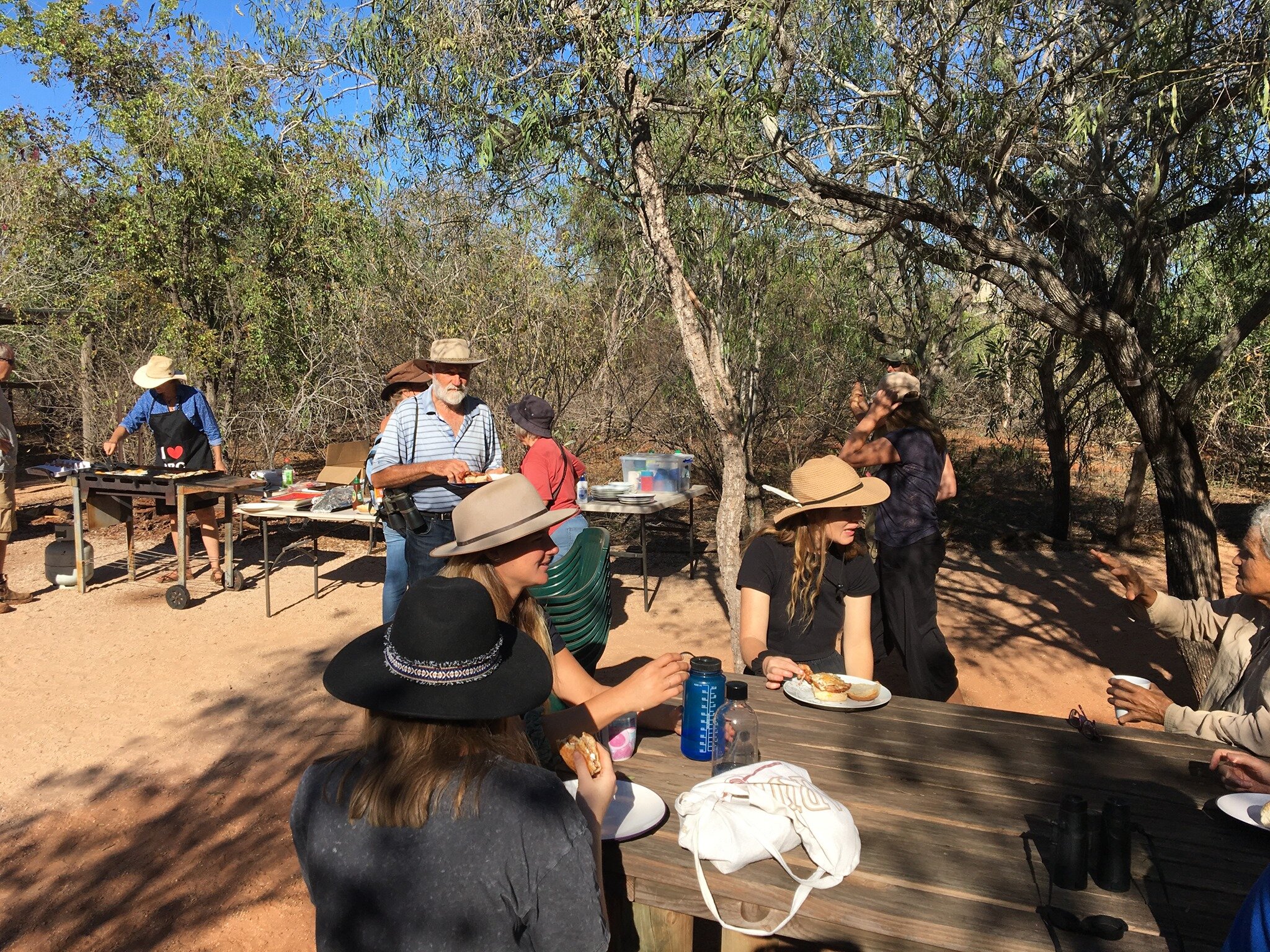
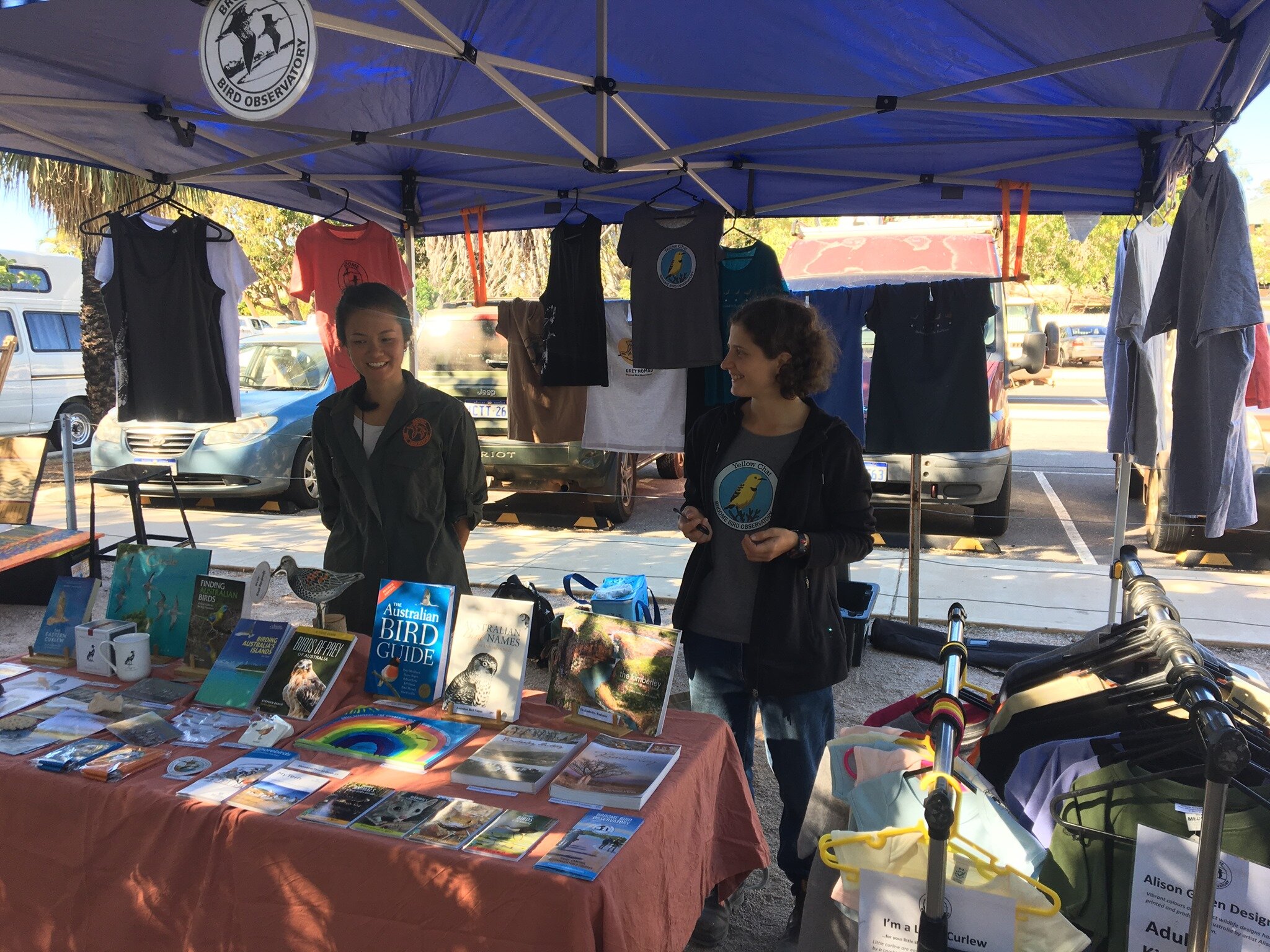
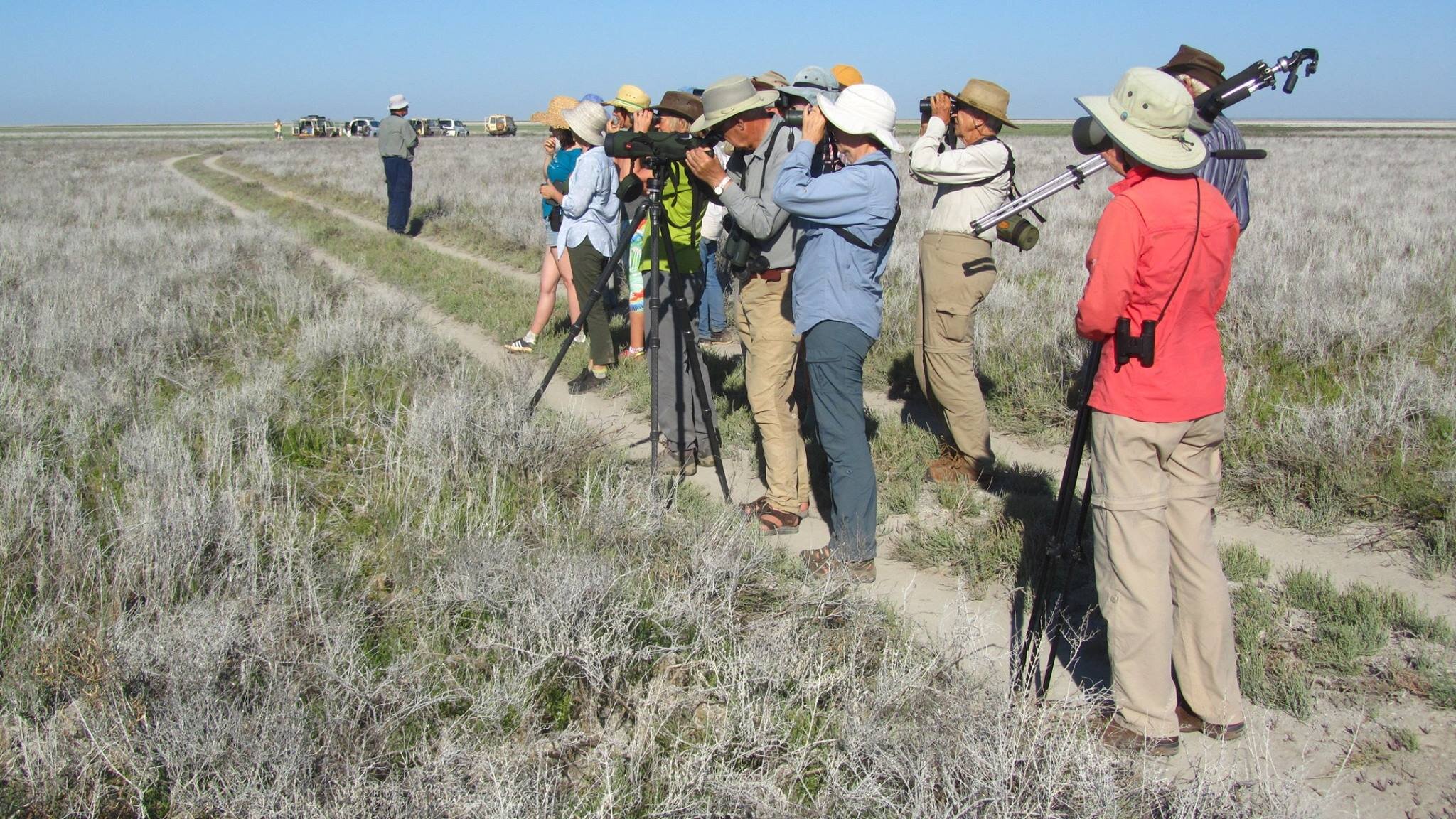
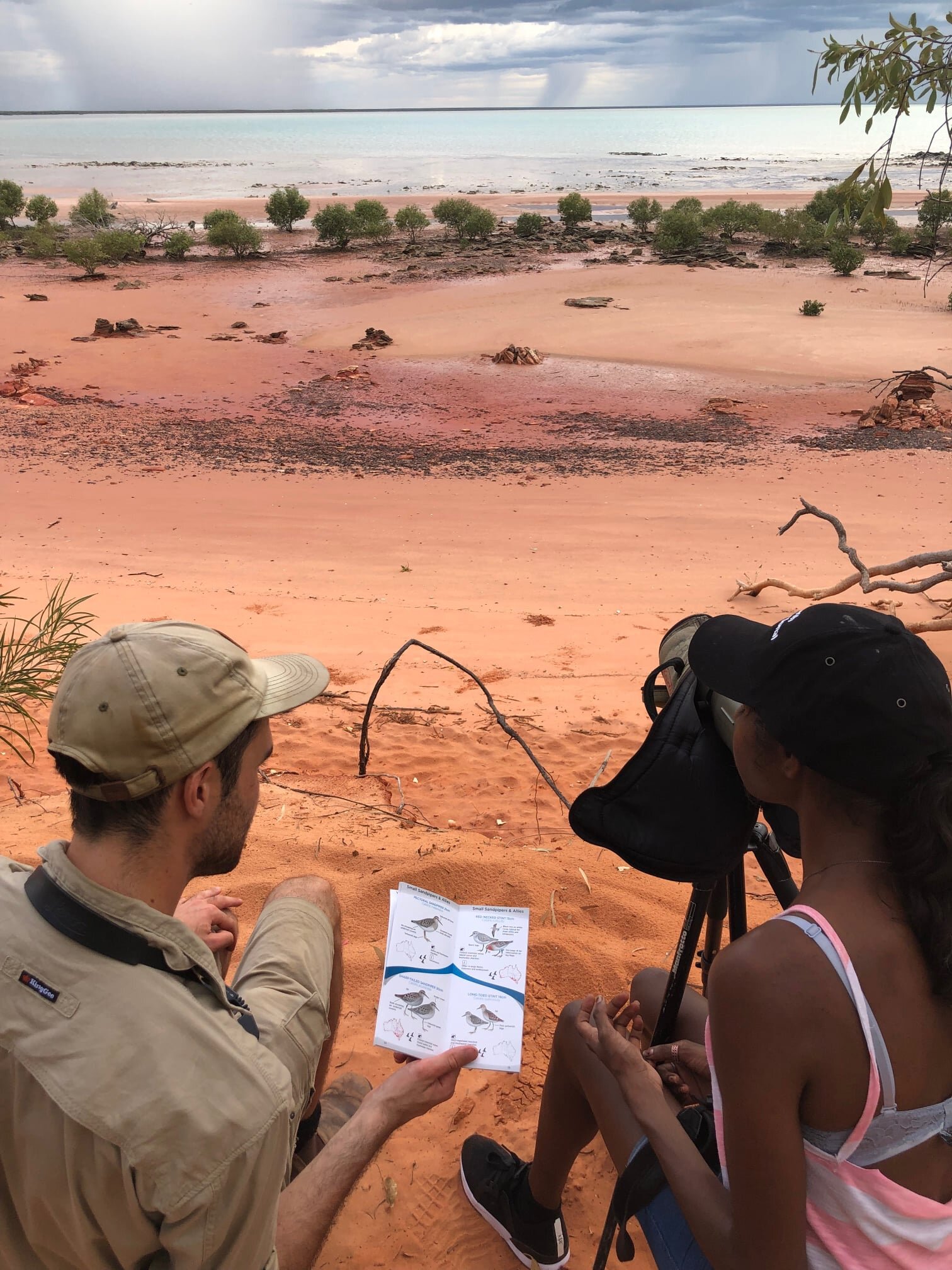
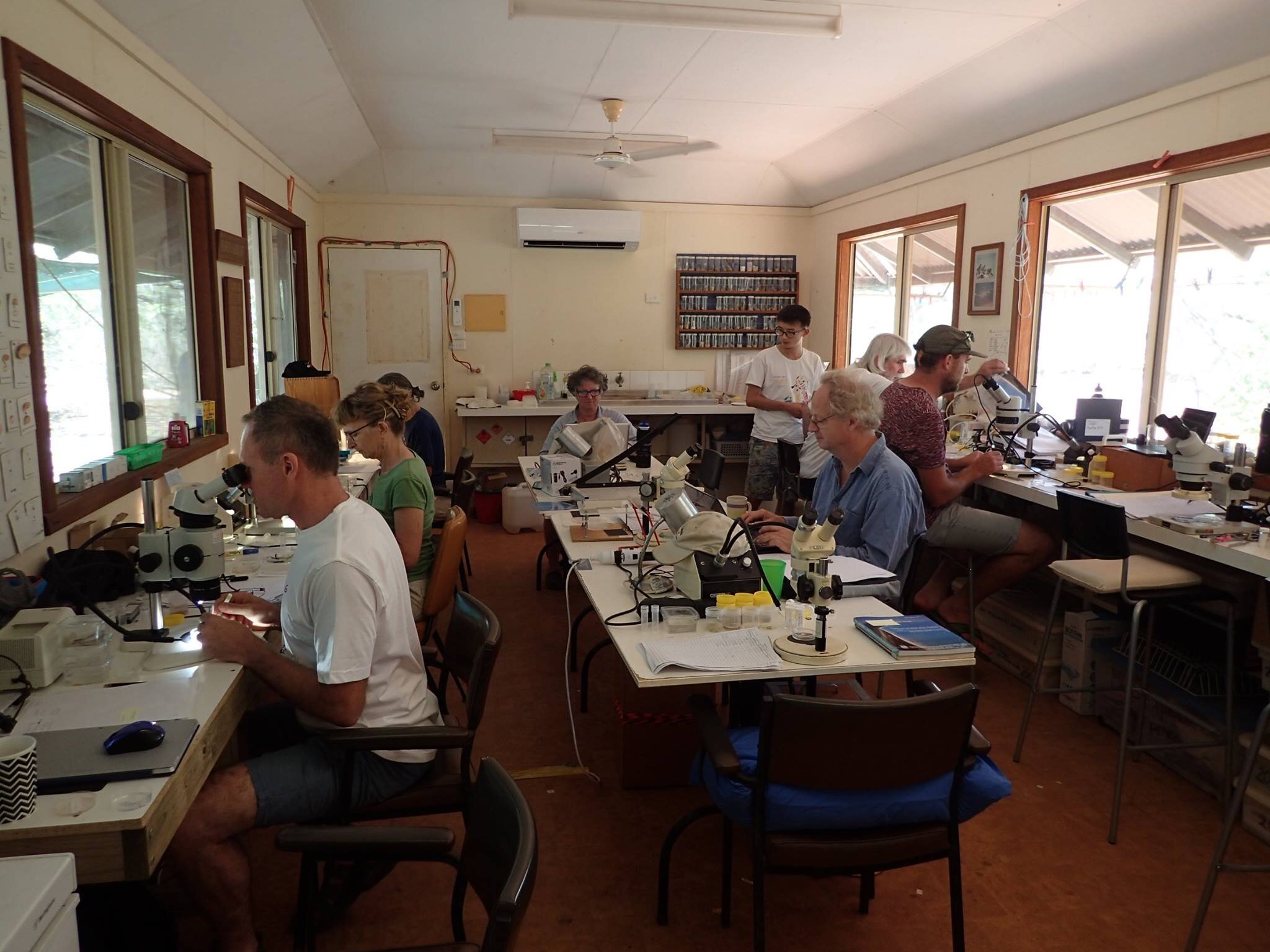
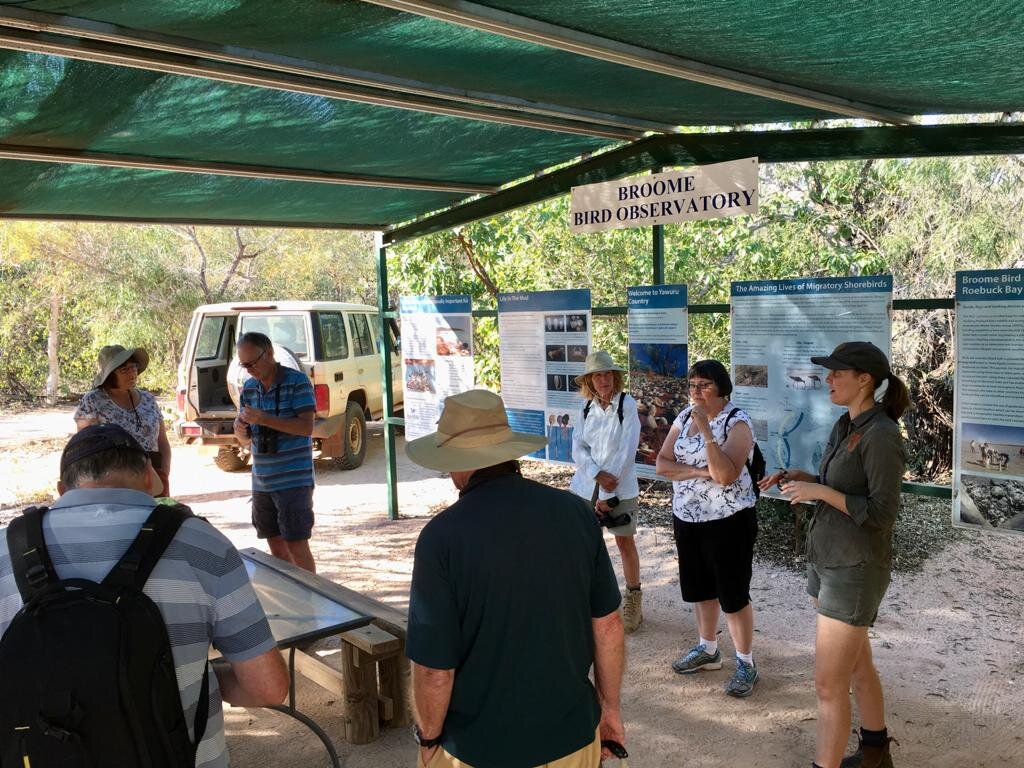
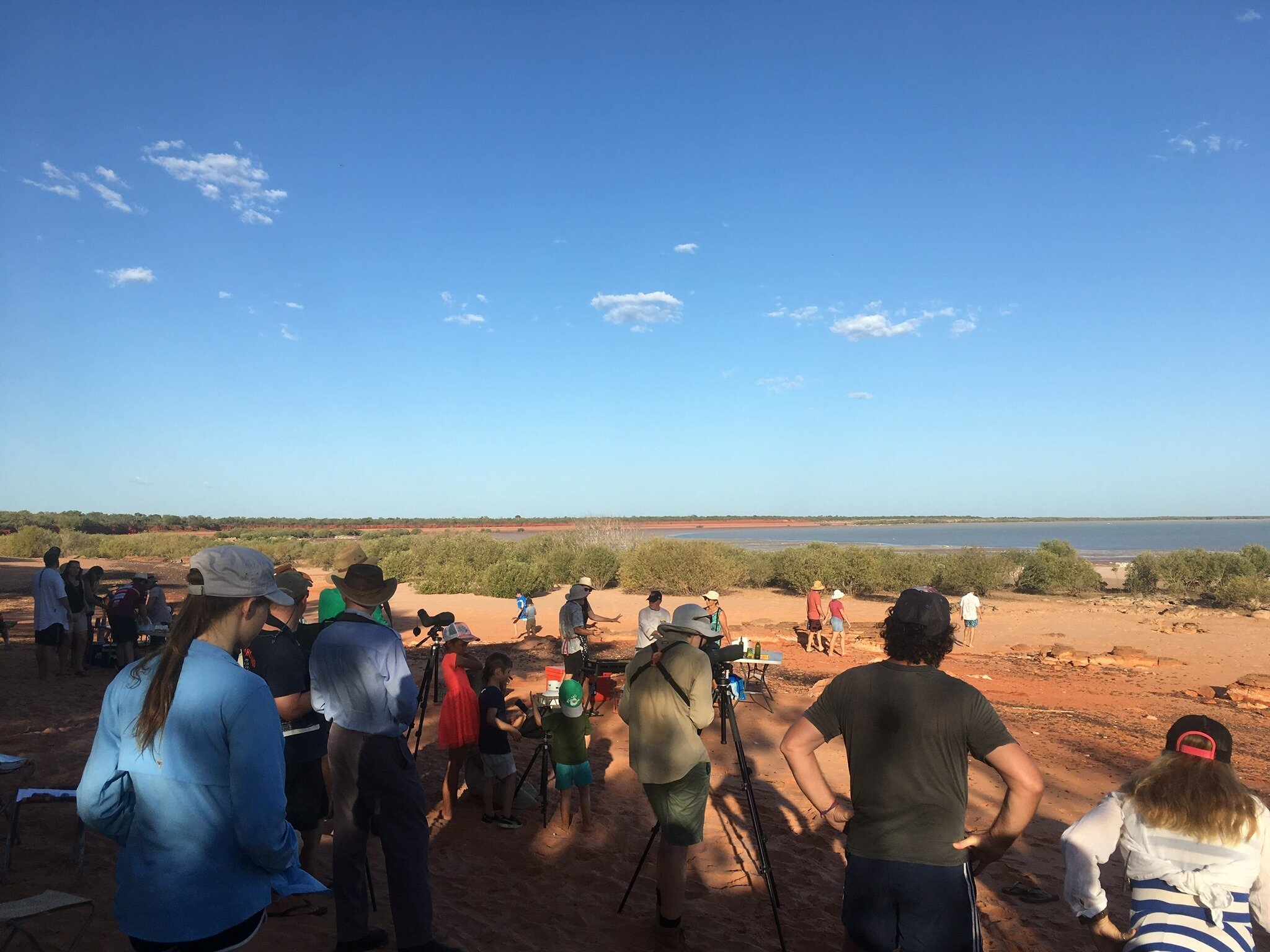
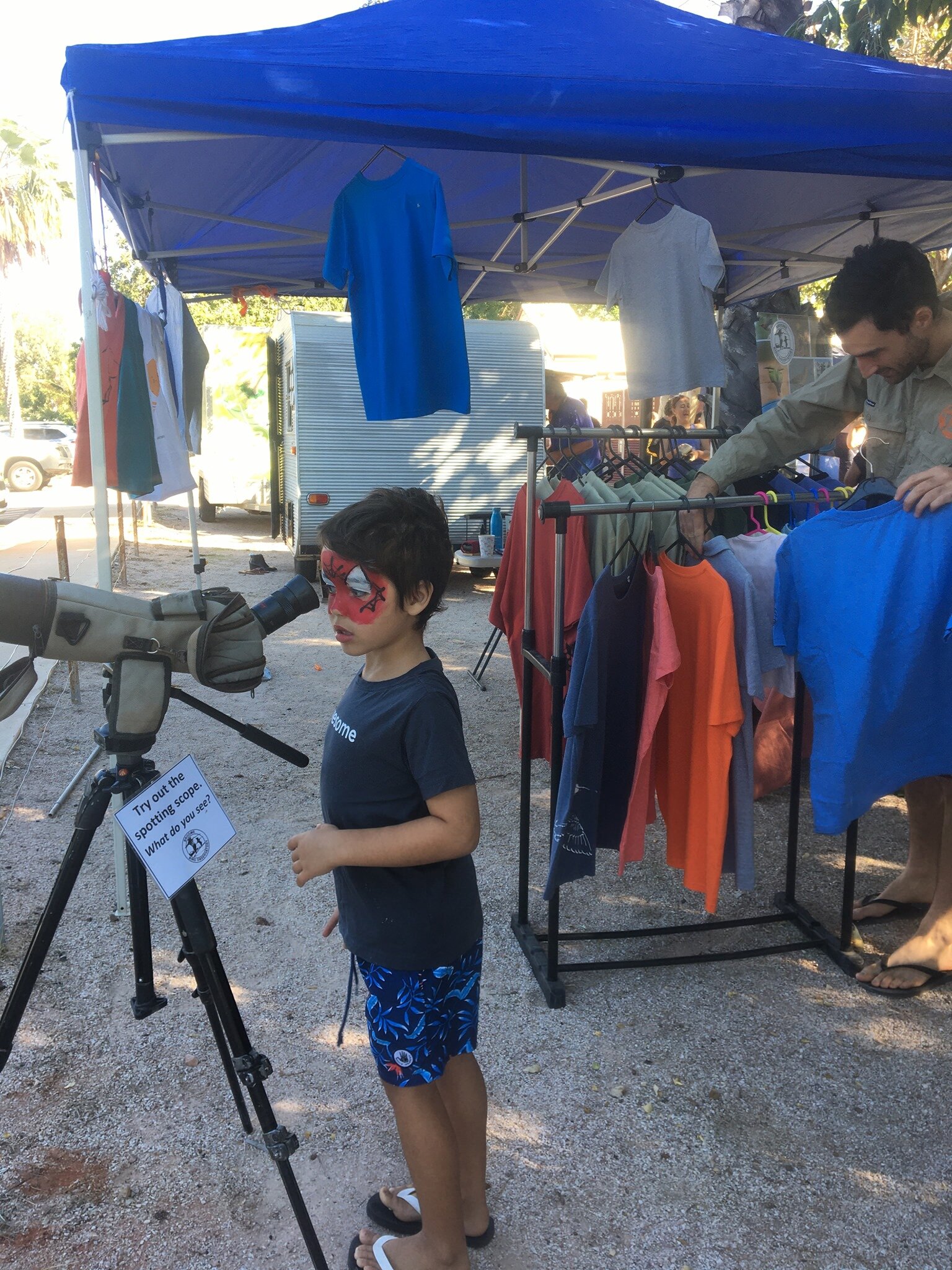
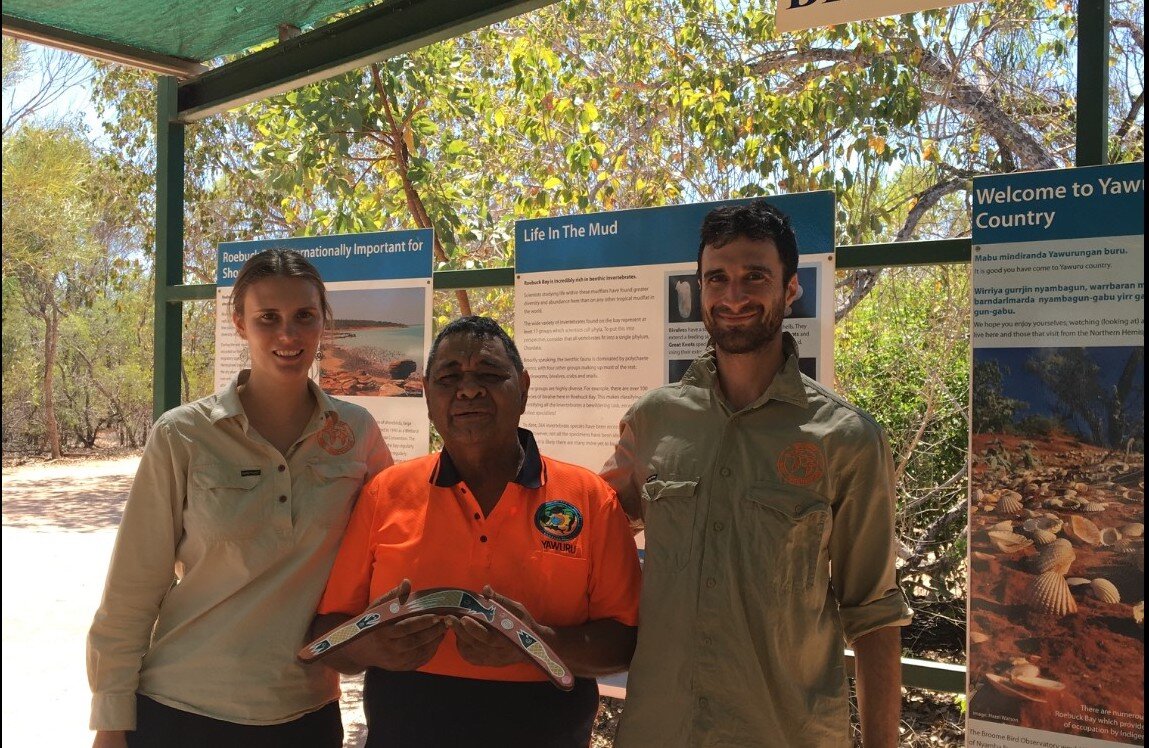
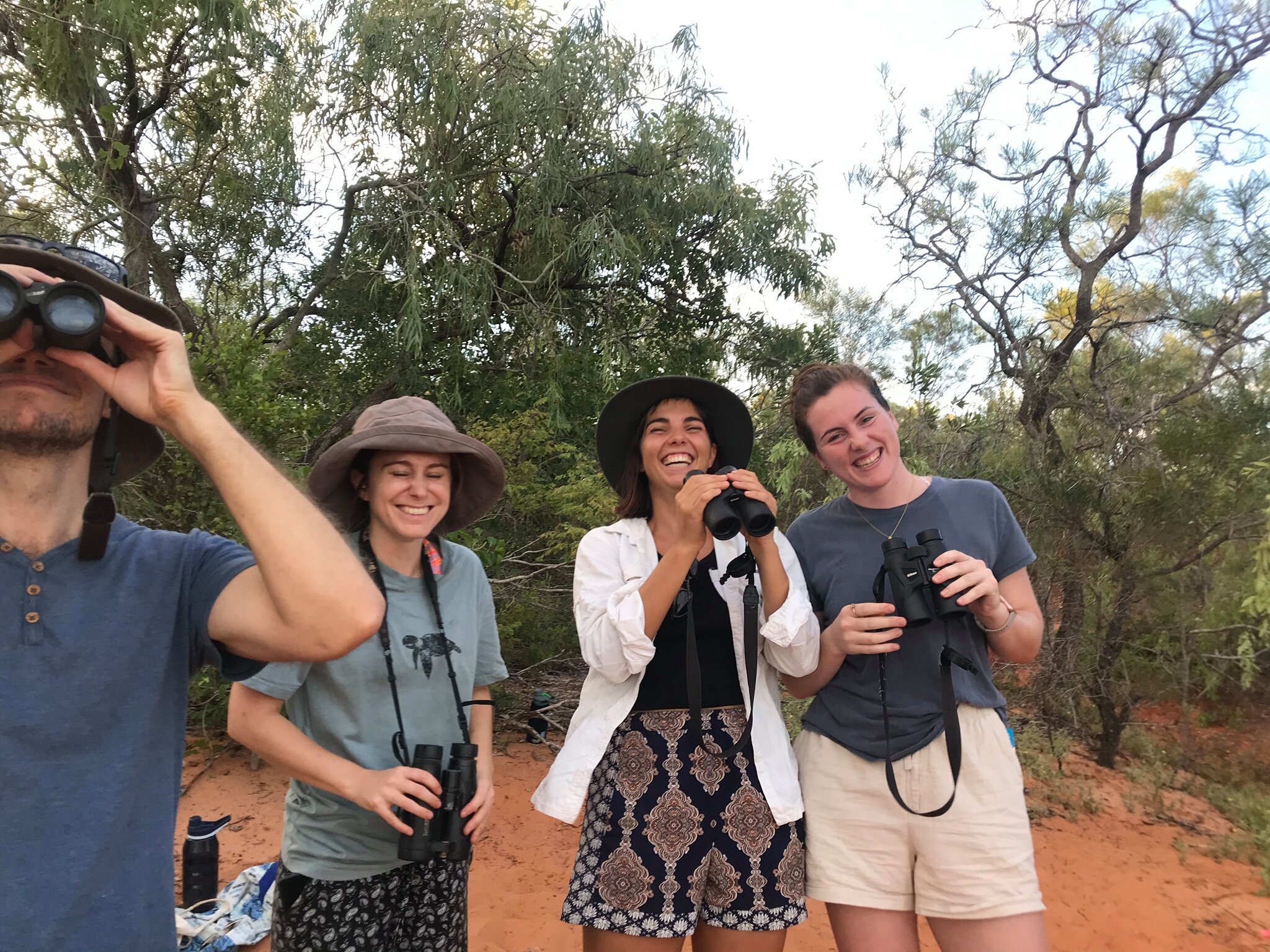
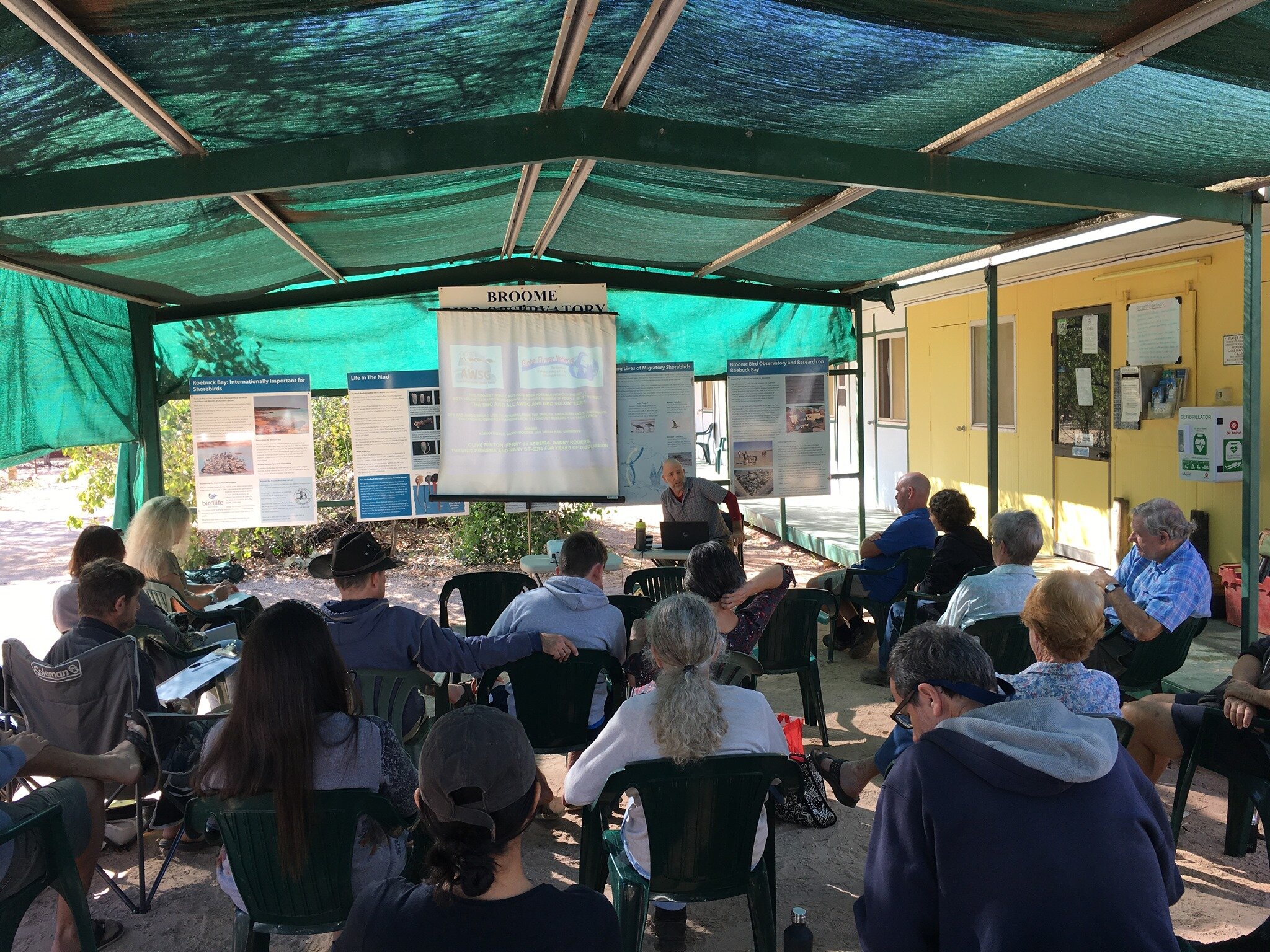
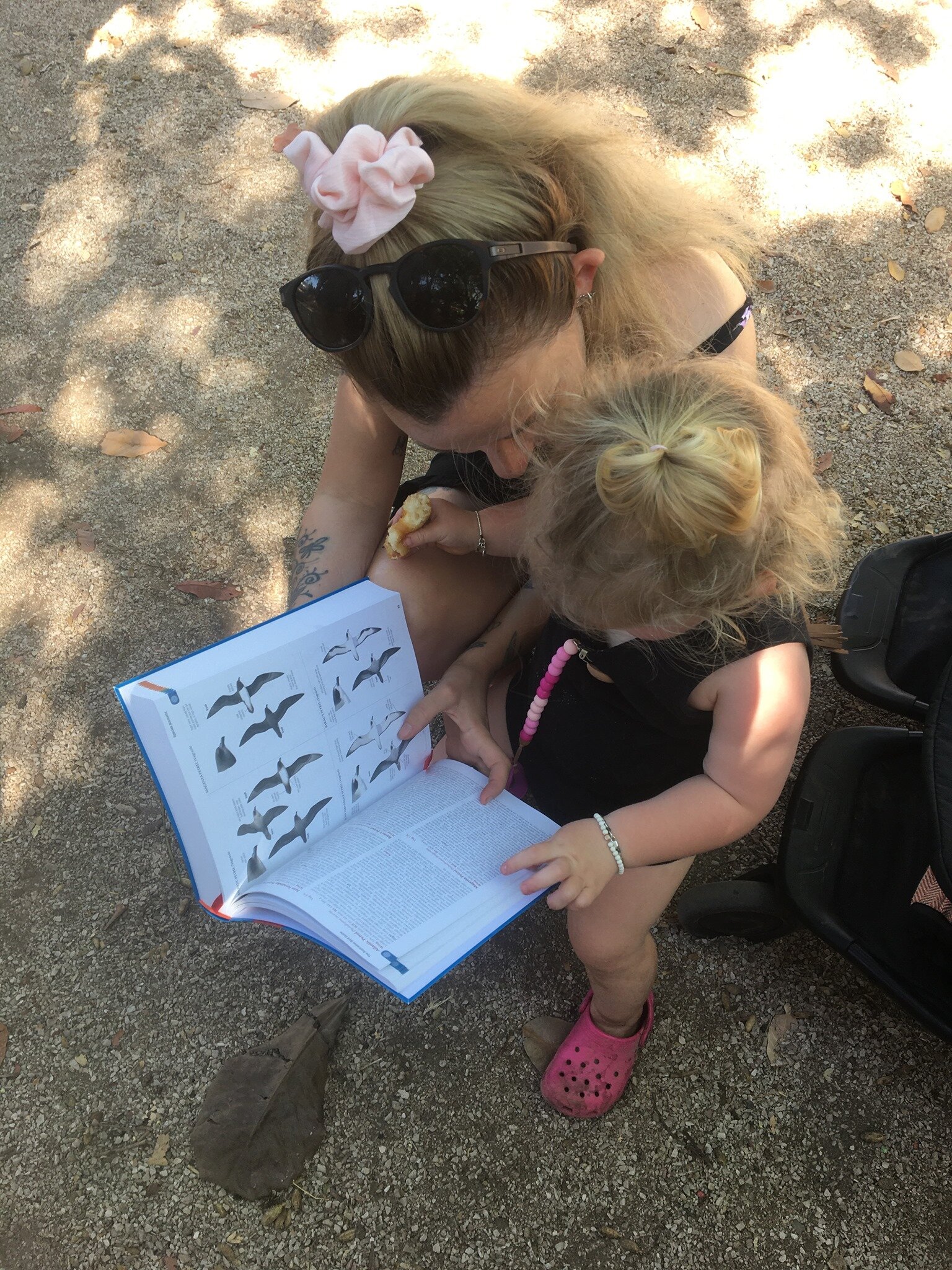

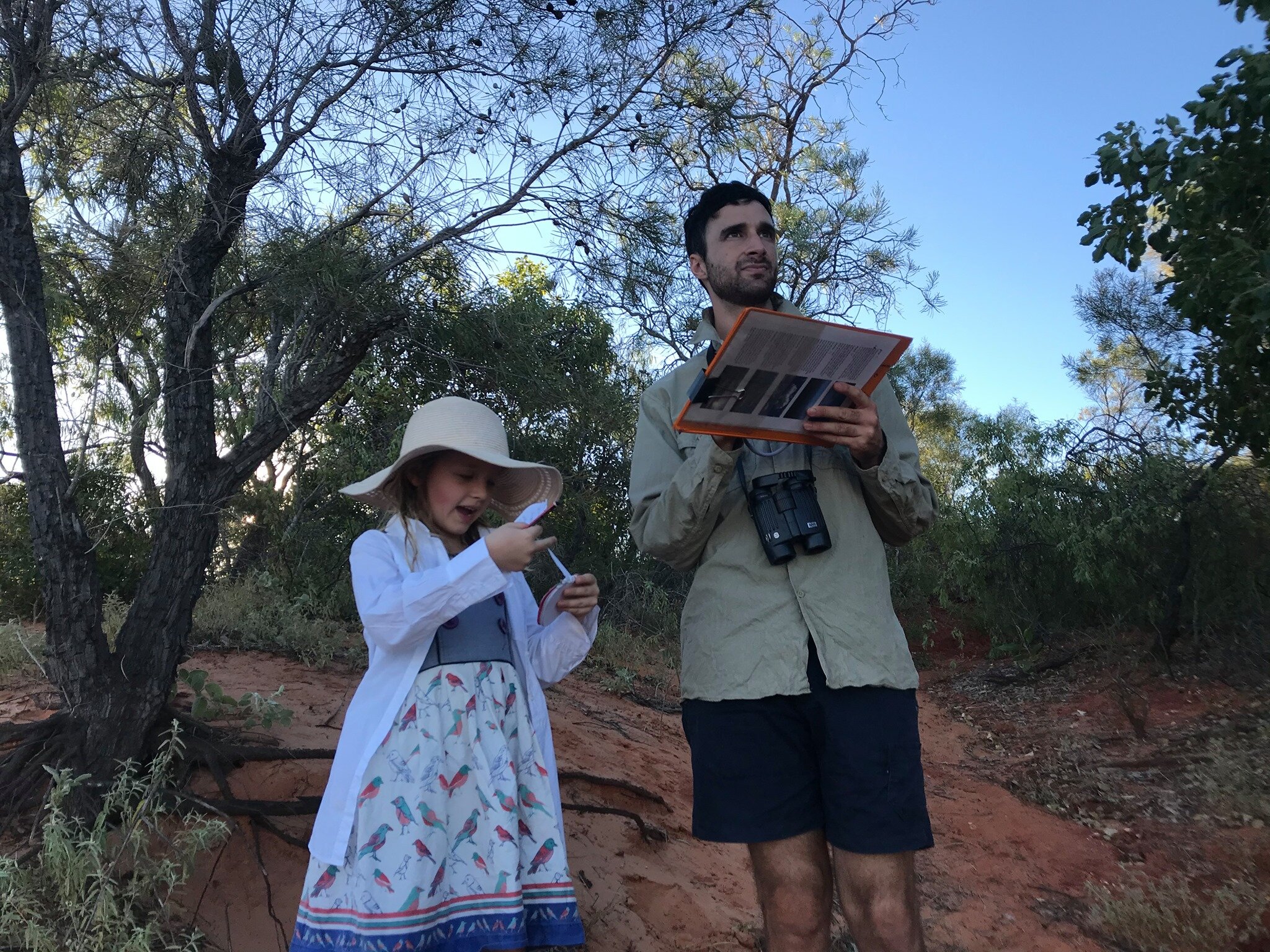
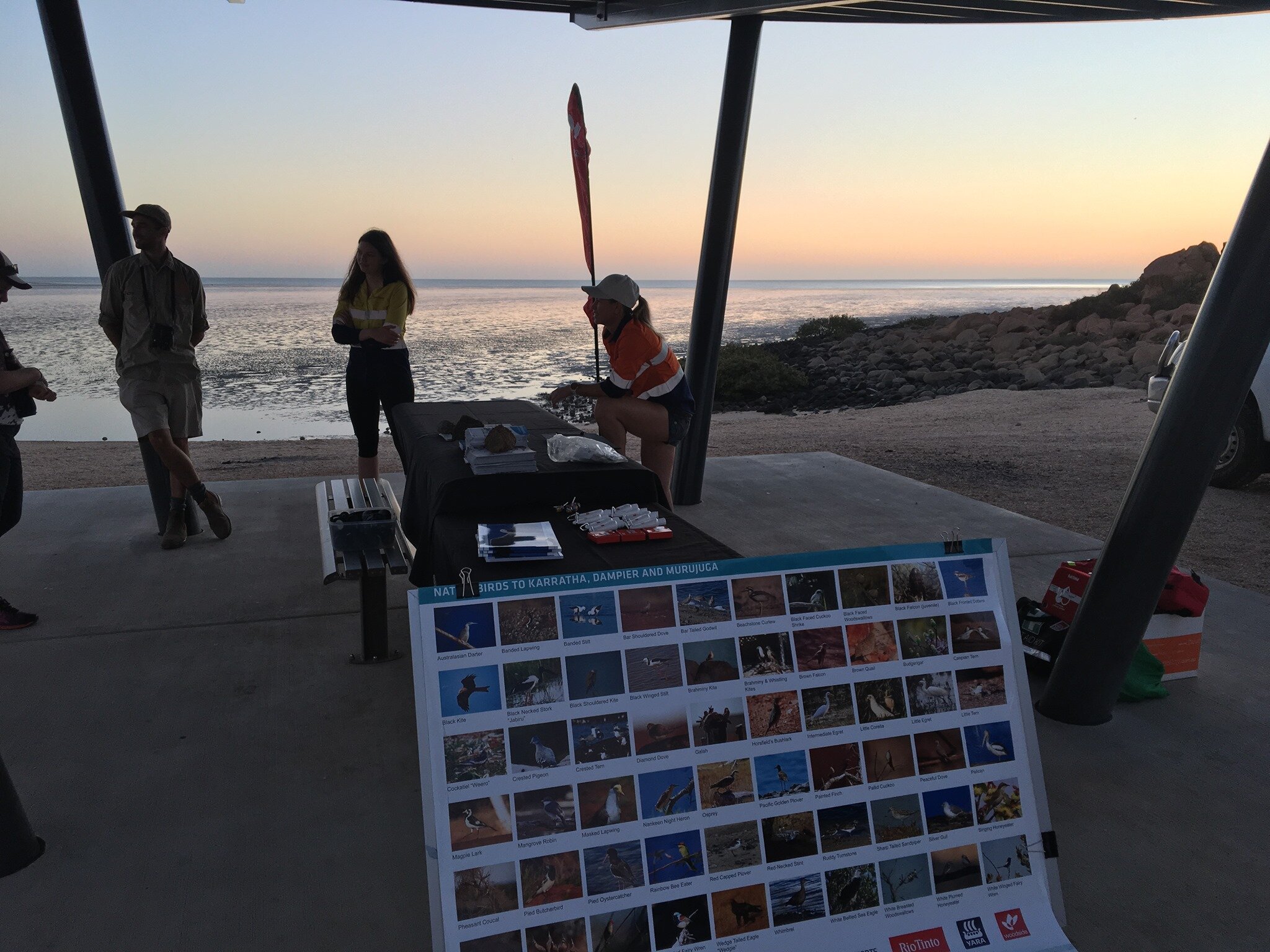

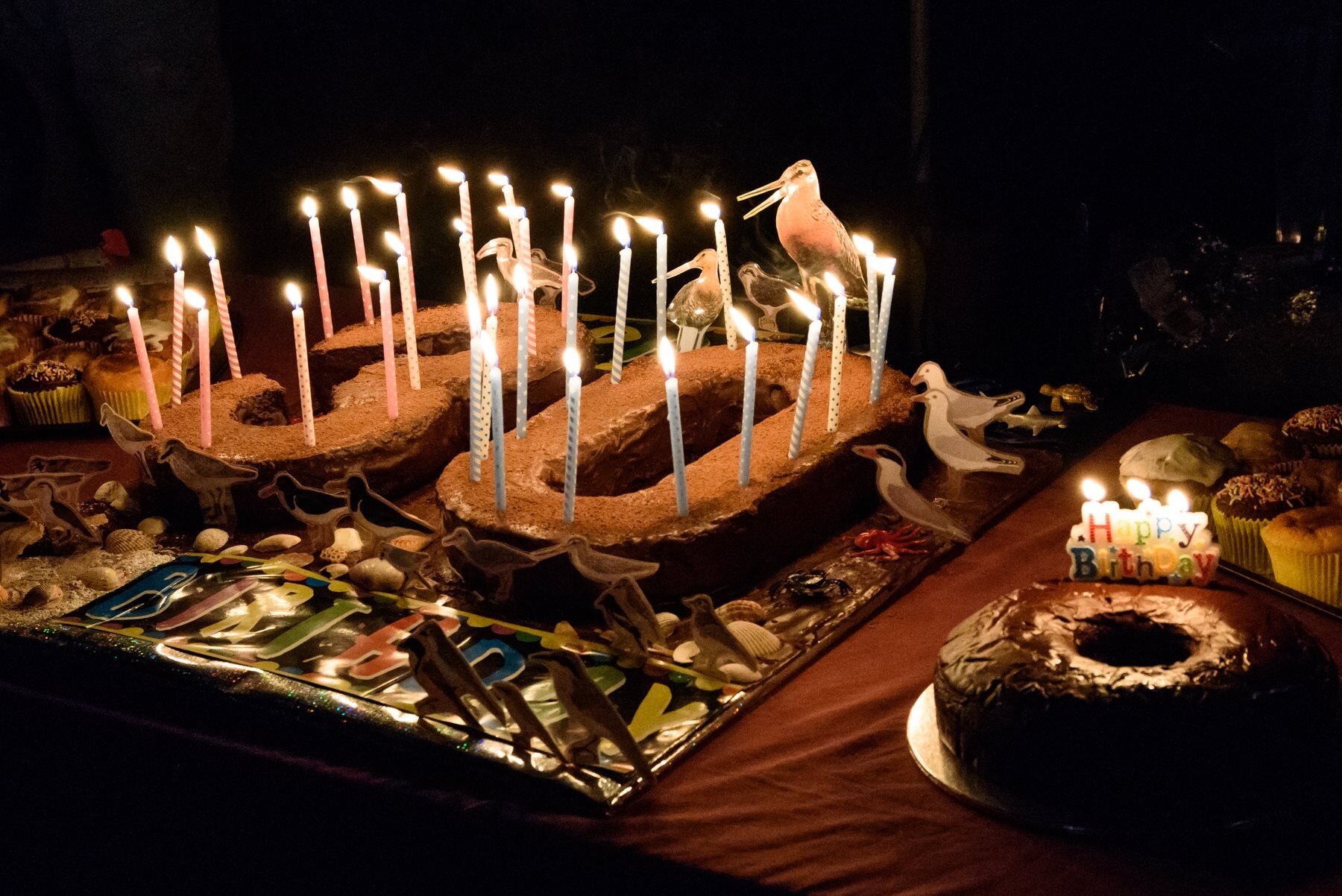


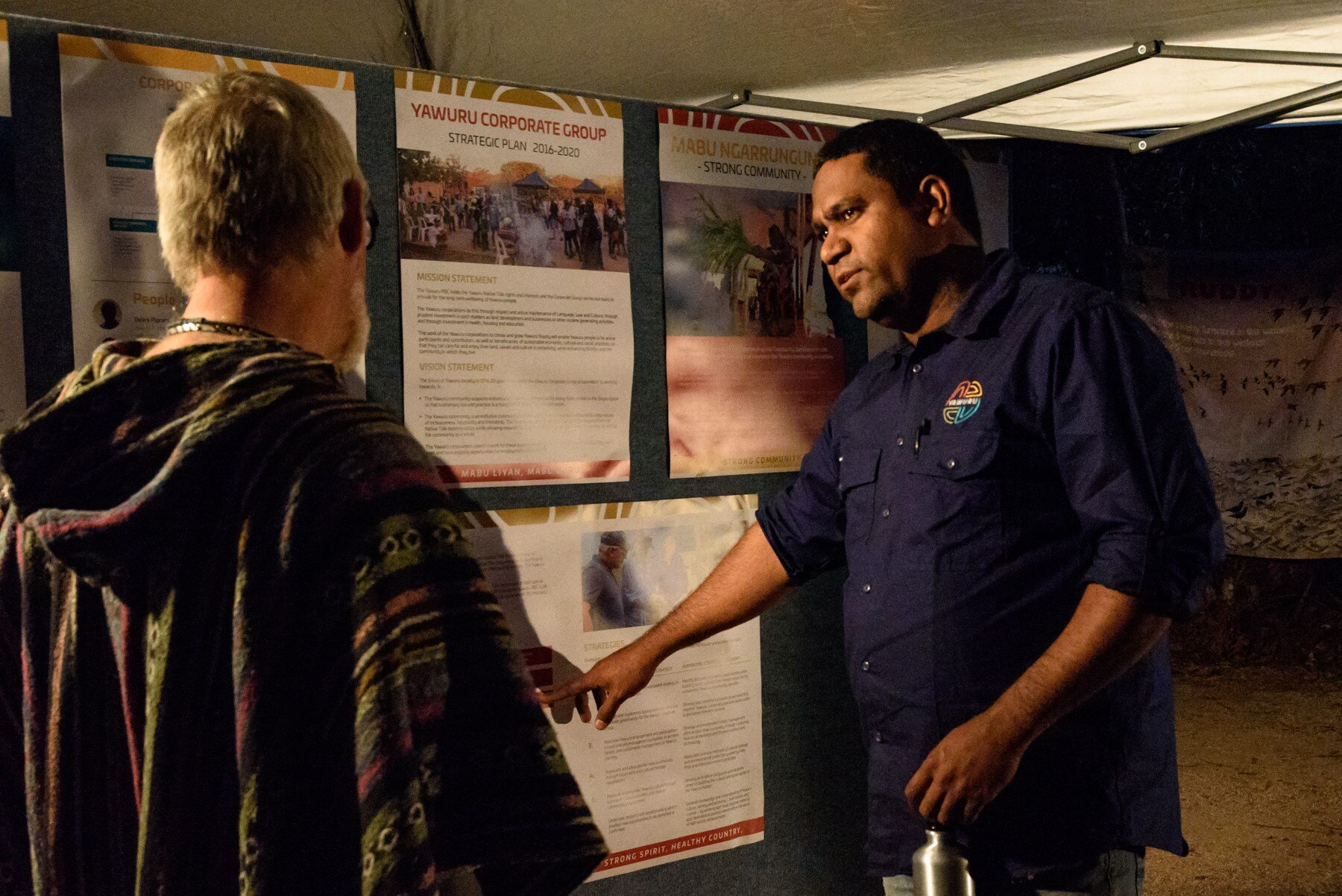
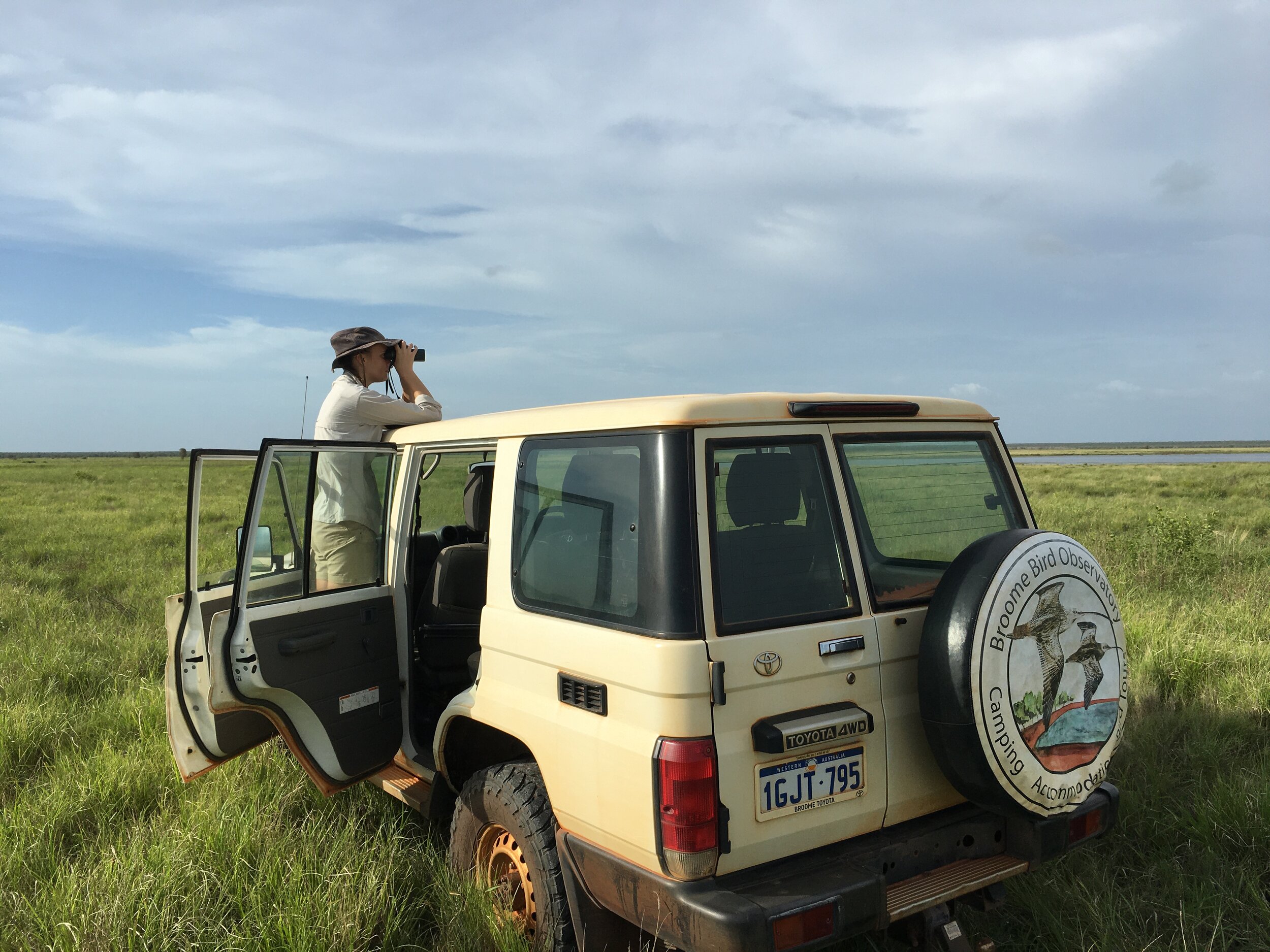
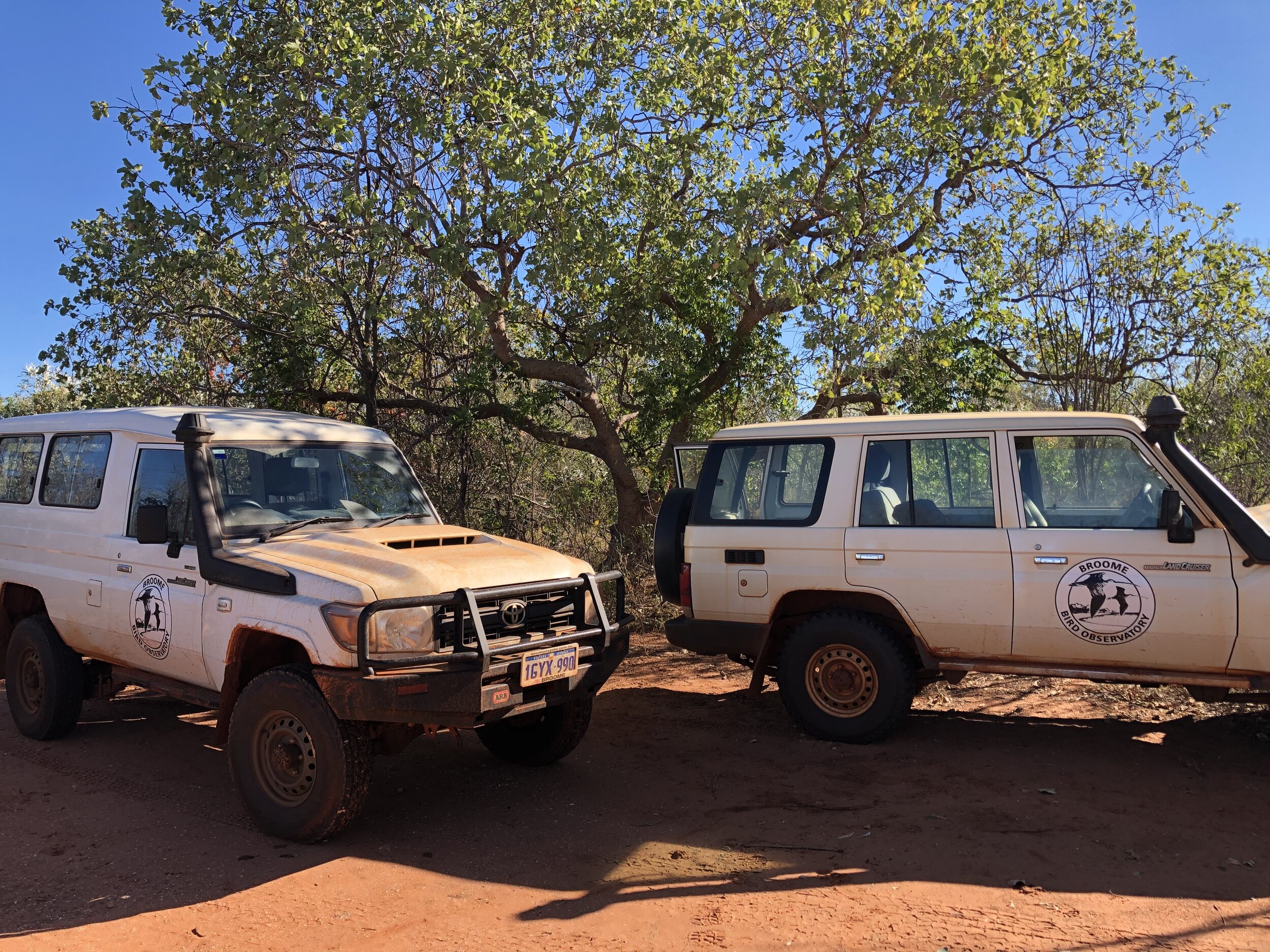
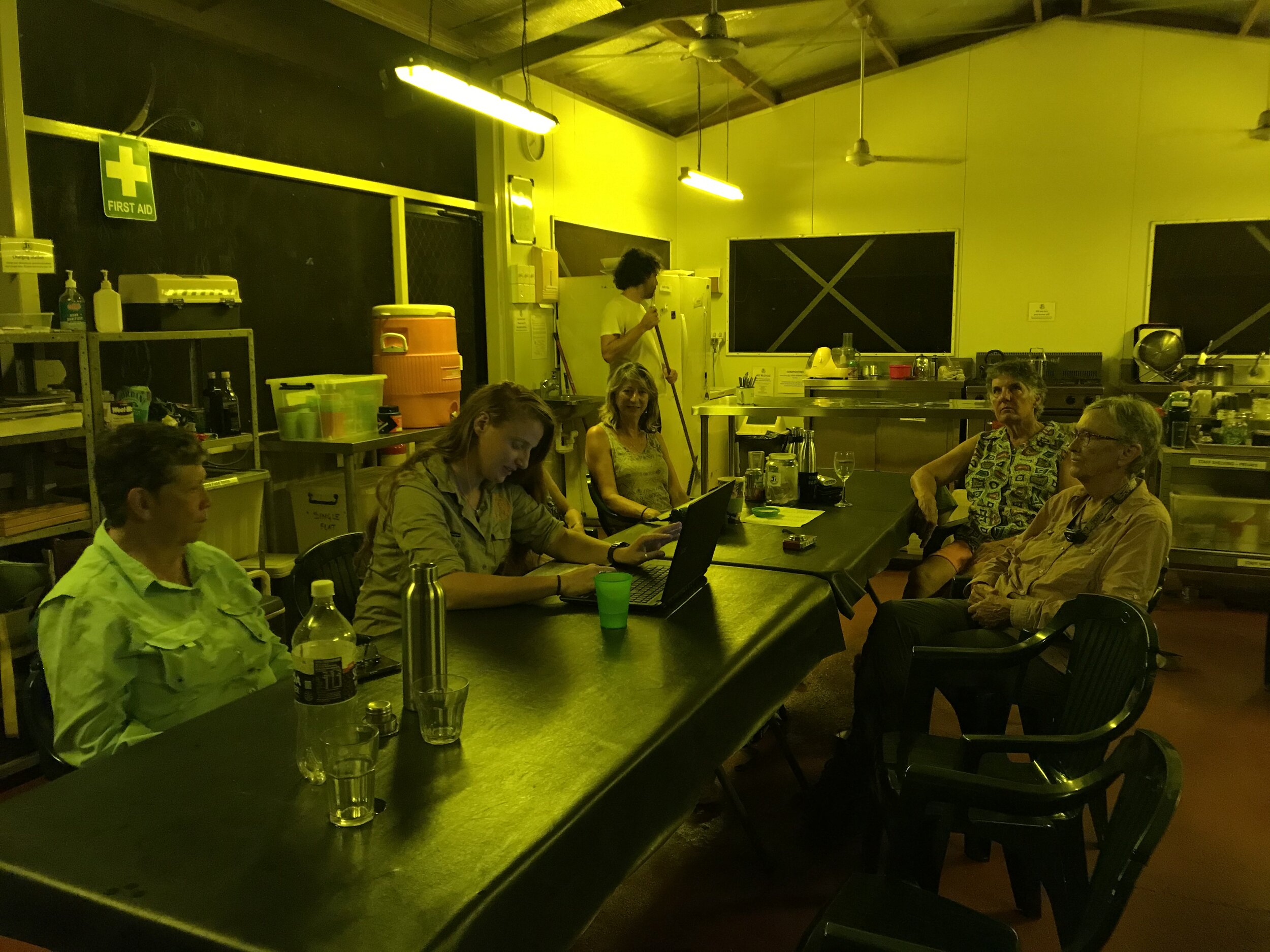
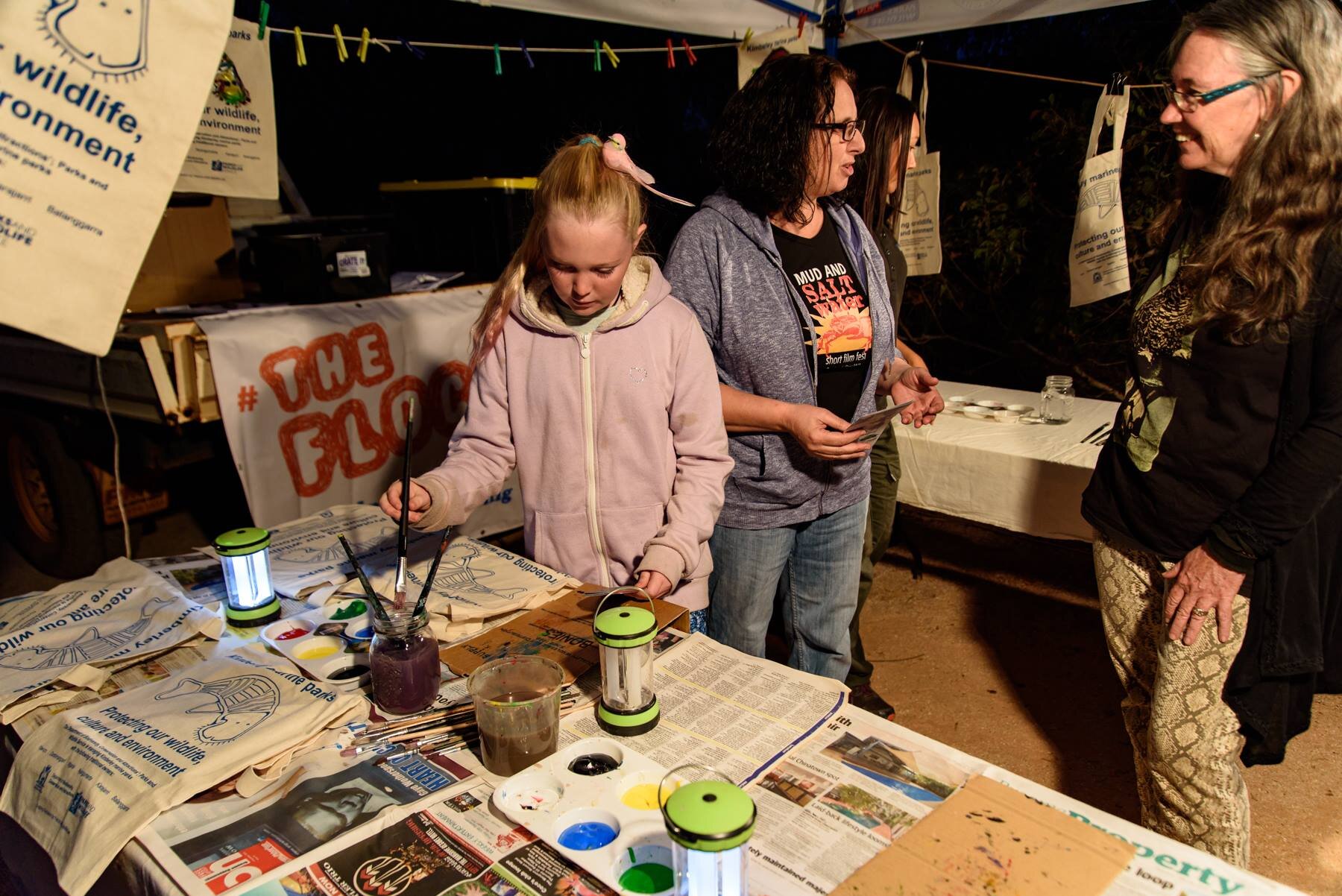
The BBO facilitates, supports and/or assists with a range of research projects on migratory shorebirds and the local environment.
Enjoy these photos from cannon-netting and other research projects over the years.
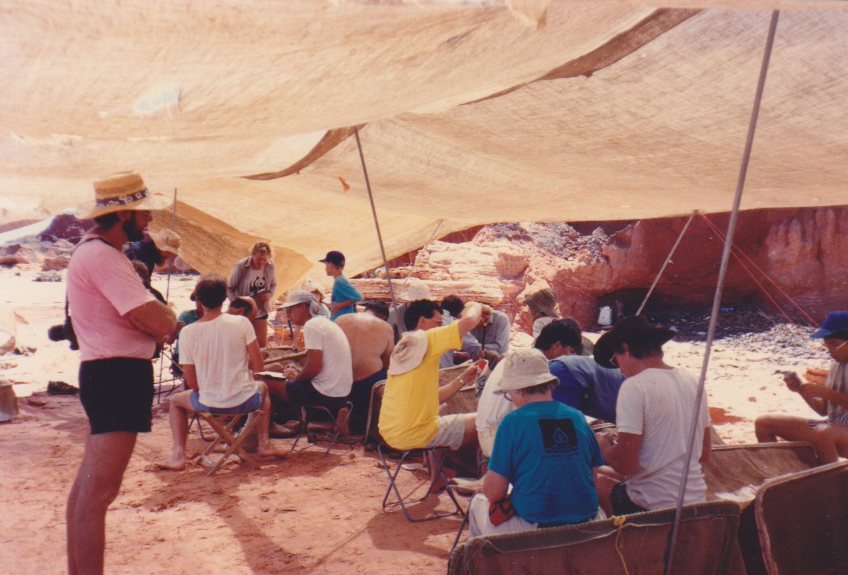
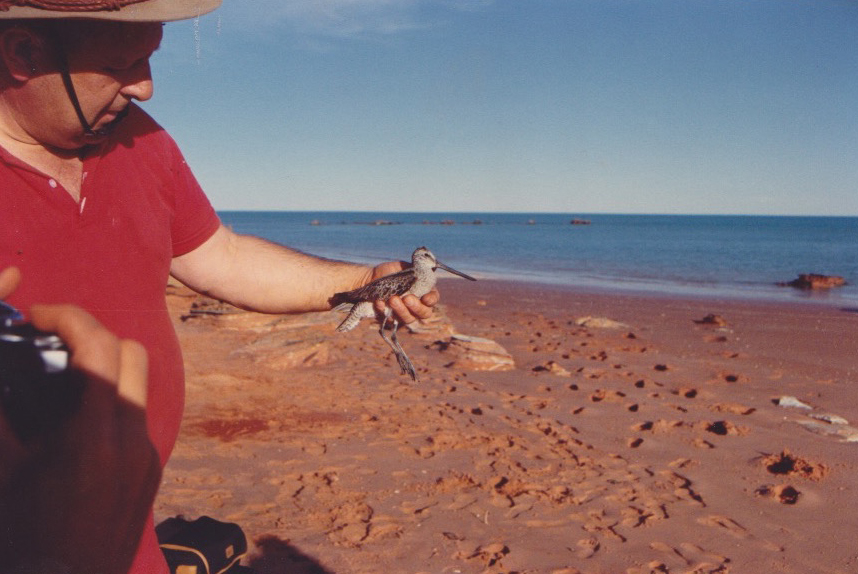
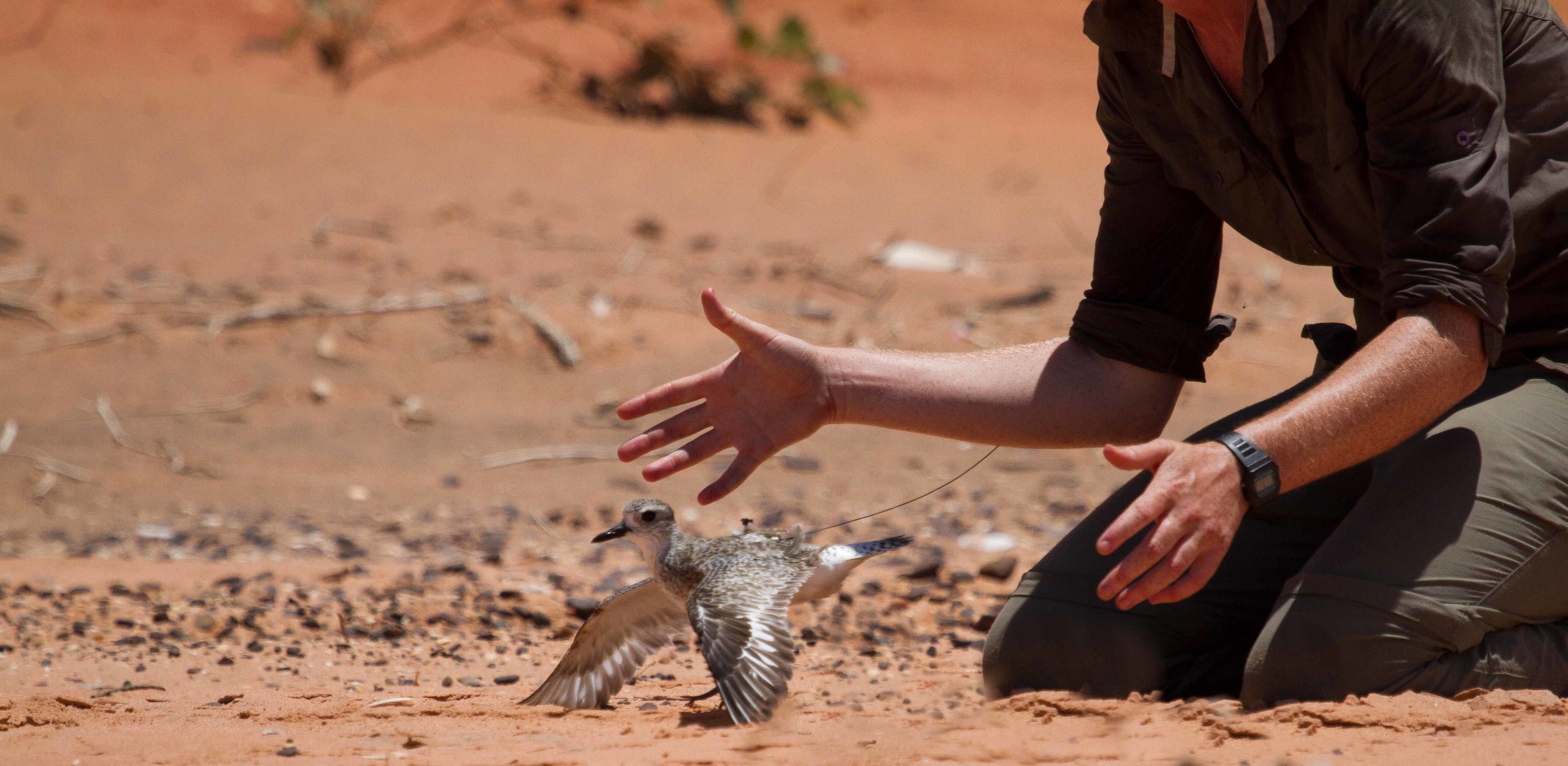

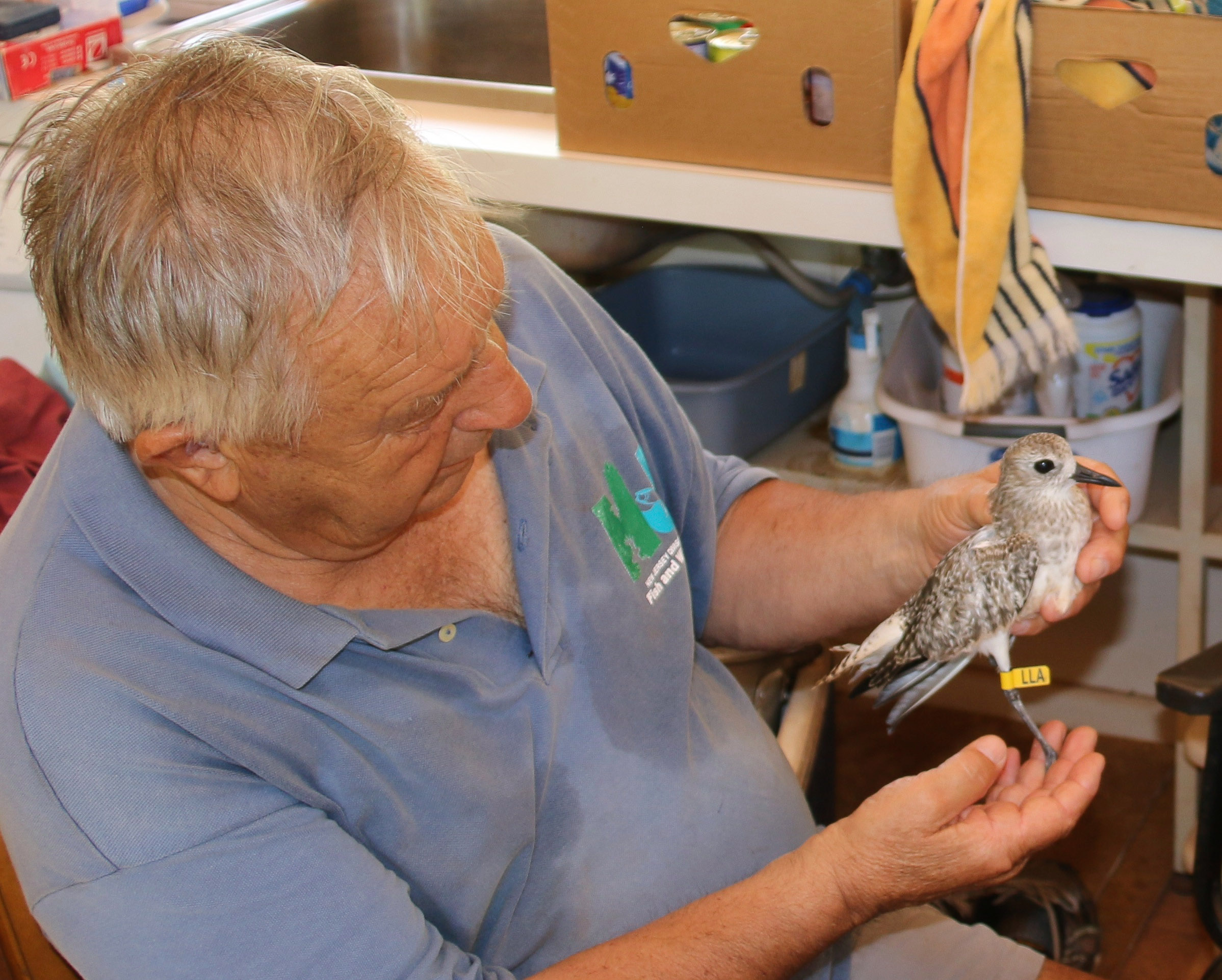
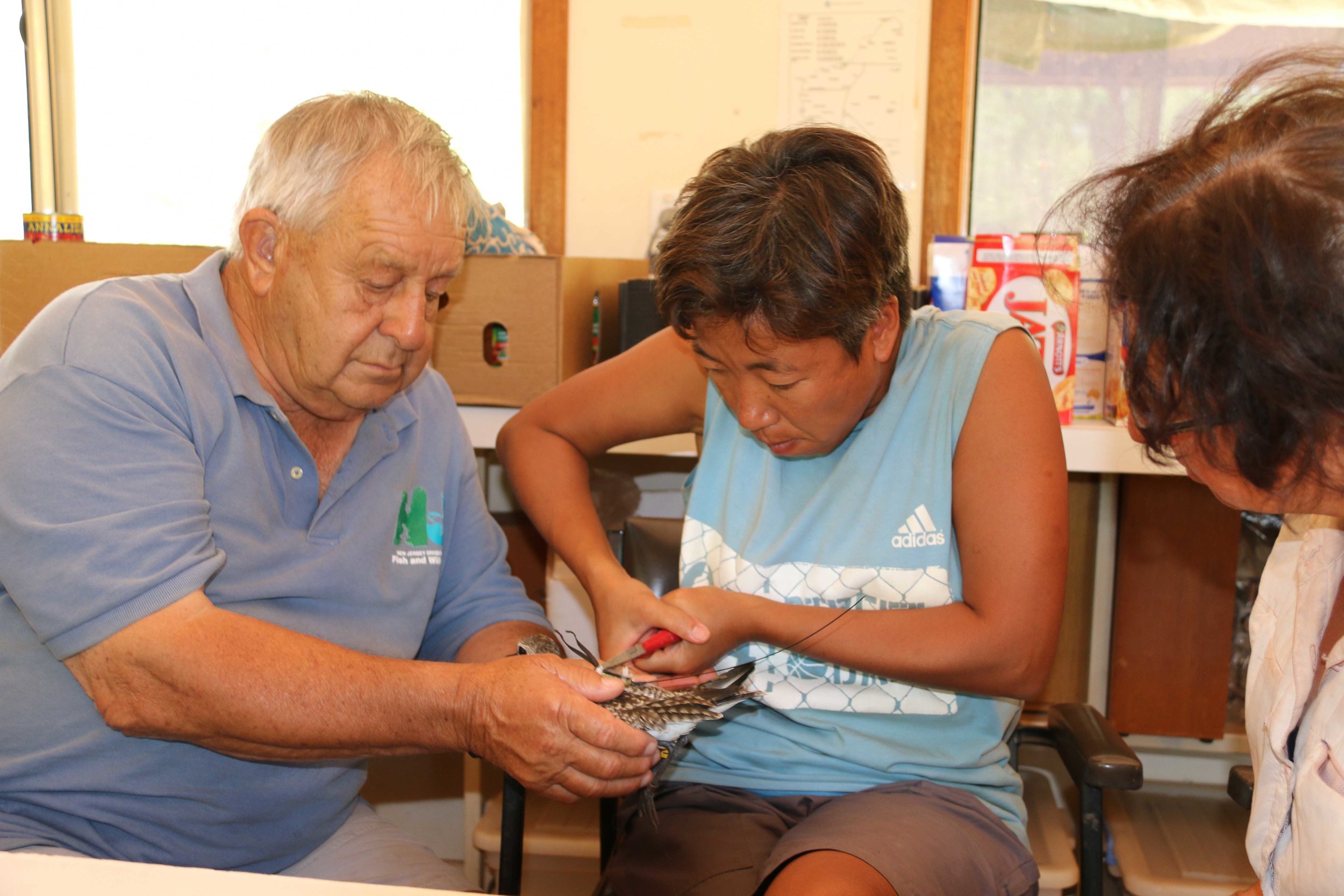
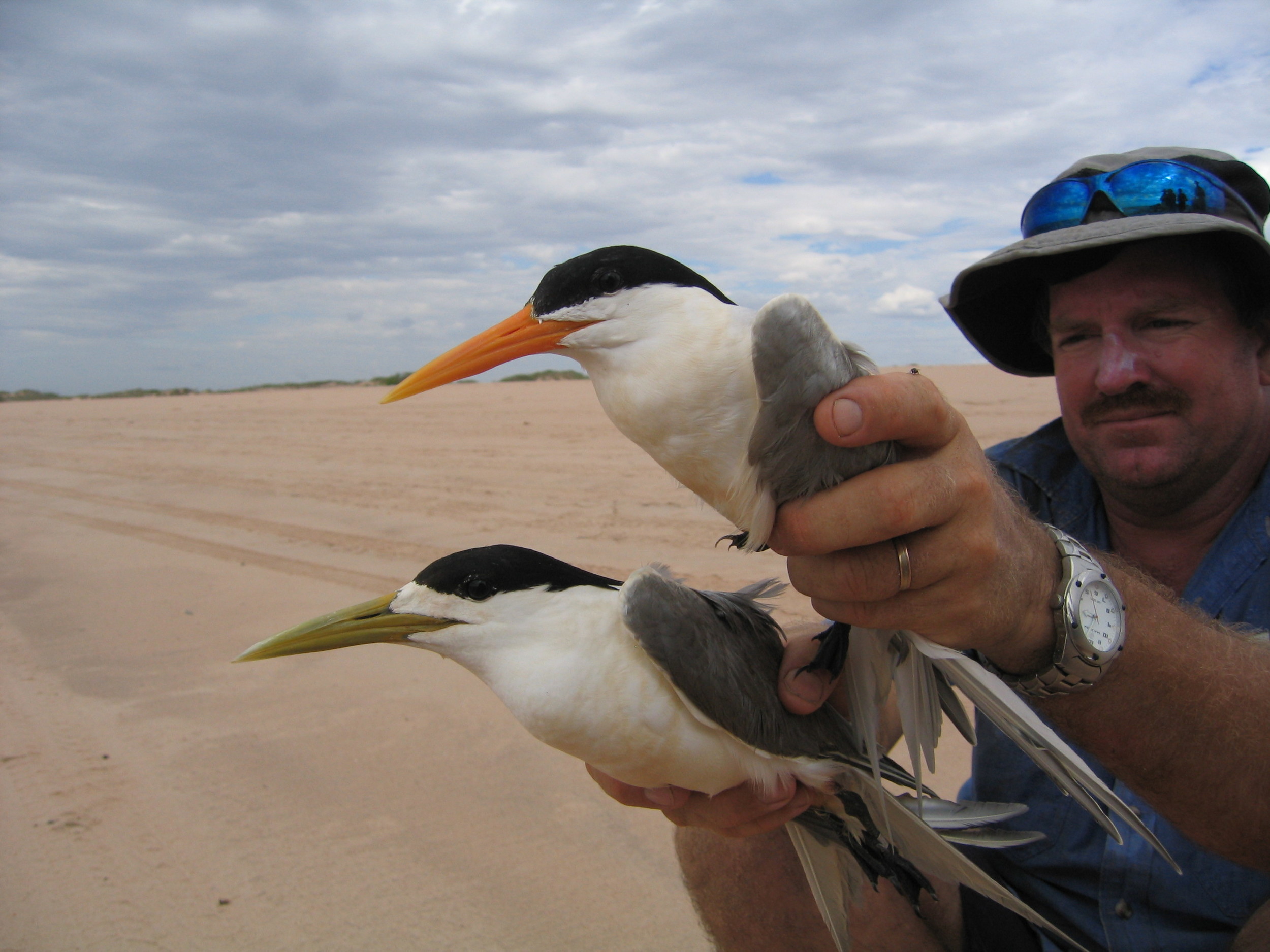
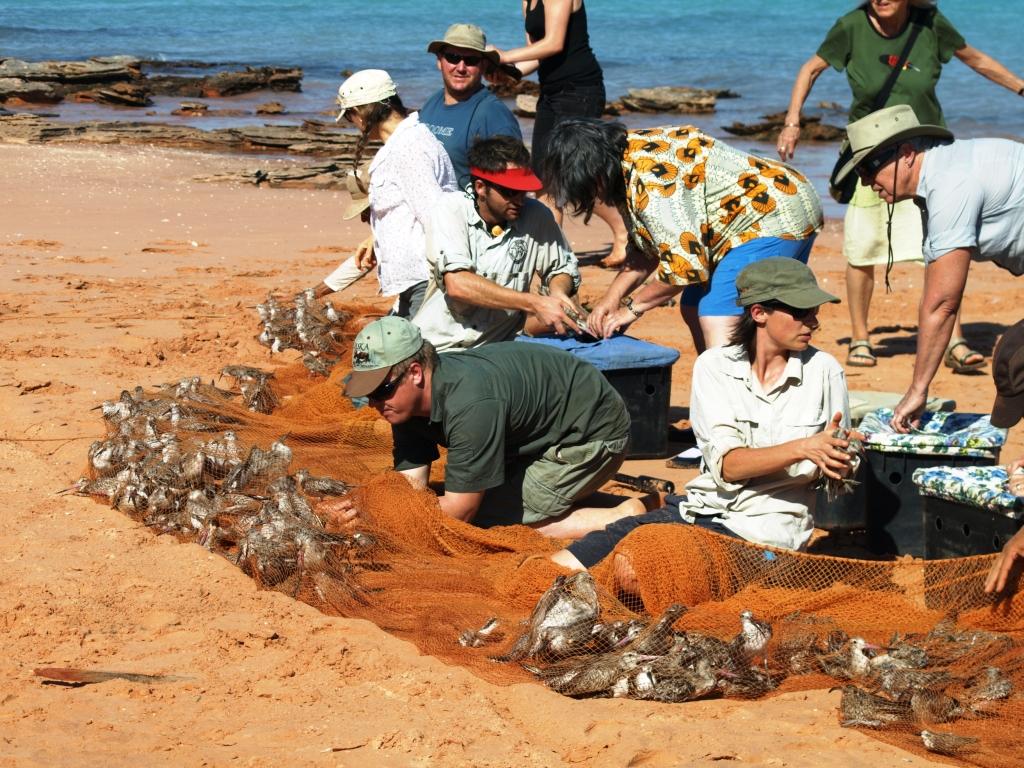
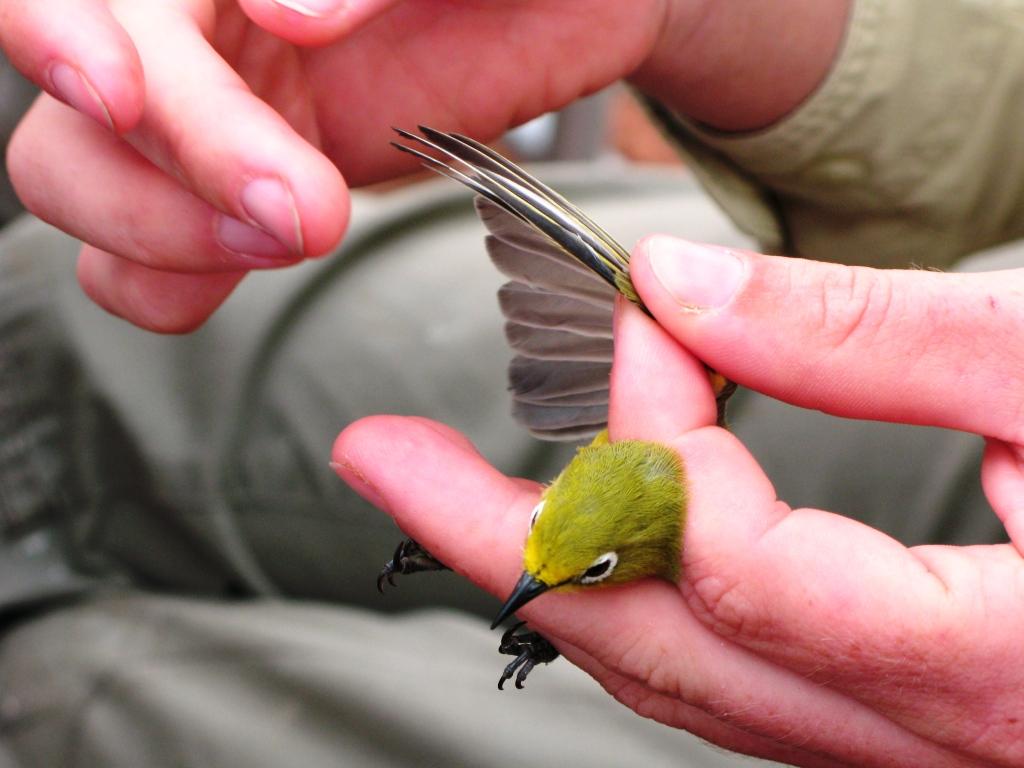
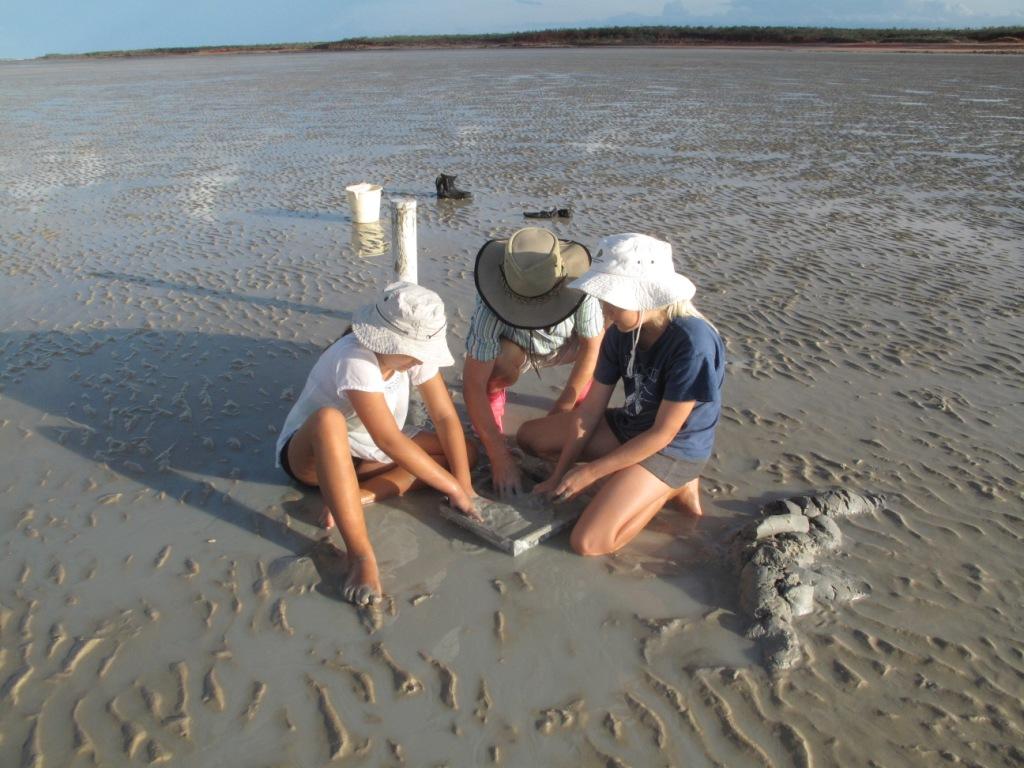
“Never doubt that a small group of thoughtful, committed citizens can change the world. Indeed, it’s the only thing that ever has.”

